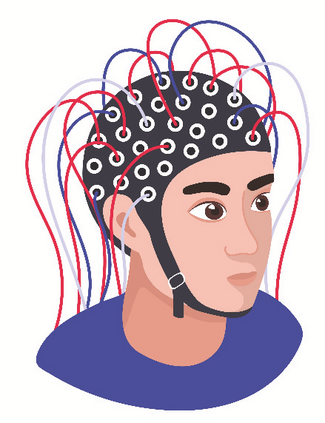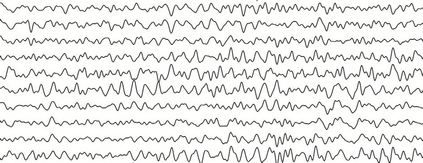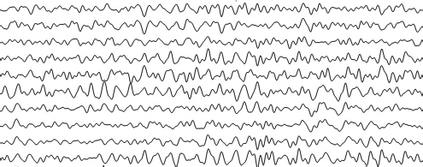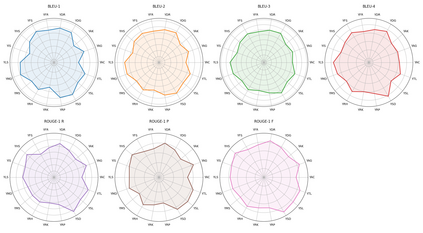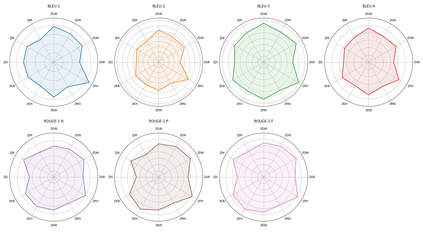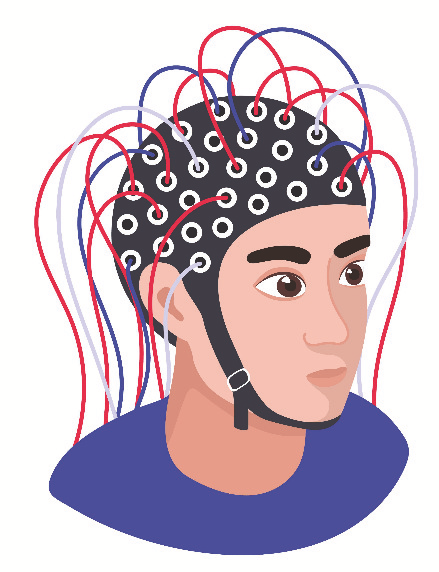Reconstructing natural language from non-invasive electroencephalography (EEG) holds great promise as a language decoding technology for brain-computer interfaces (BCIs). However, EEG-based language decoding is still in its nascent stages, facing several technical issues such as: 1) Absence of a hybrid strategy that can effectively integrate cross-modality (between EEG and text) self-learning with intra-modality self-reconstruction of EEG features or textual sequences; 2) Under-utilization of large language models (LLMs) to enhance EEG-based language decoding. To address above issues, we propose the Contrastive EEG-Text Masked Autoencoder (CET-MAE), a novel model that orchestrates compound self-supervised learning across and within EEG and text through a dedicated multi-stream encoder. Furthermore, we develop a framework called E2T-PTR (EEG-to-Text decoding using Pretrained Transferable Representations), which leverages pre-trained modules alongside the EEG stream from CET-MAE and further enables an LLM (specifically BART) to decode text from EEG sequences. Comprehensive experiments conducted on the popular text-evoked EEG database, ZuCo, demonstrate the superiority of E2T-PTR, which outperforms the state-of-the-art in ROUGE-1 F1 and BLEU-4 scores by 8.34% and 32.21%, respectively. These results indicate significant advancements in the field and underscores the proposed framework's potential to enable more powerful and widespread BCI applications.
翻译:暂无翻译

